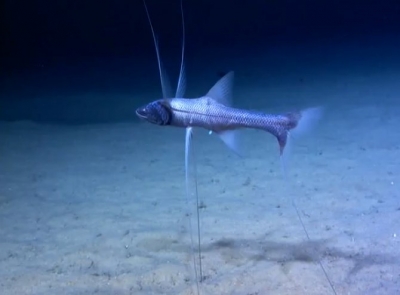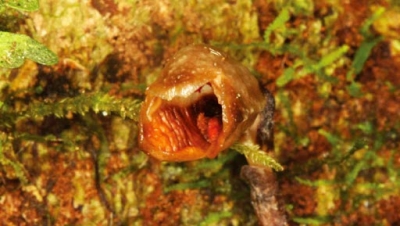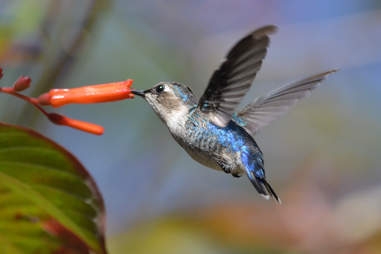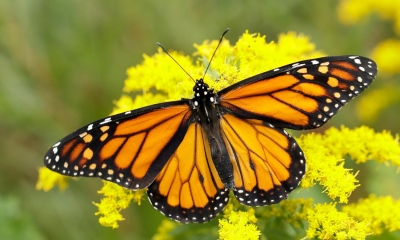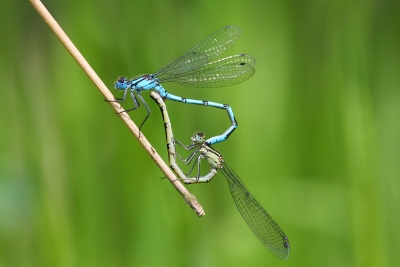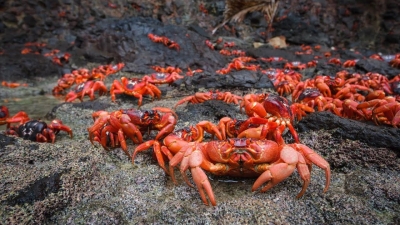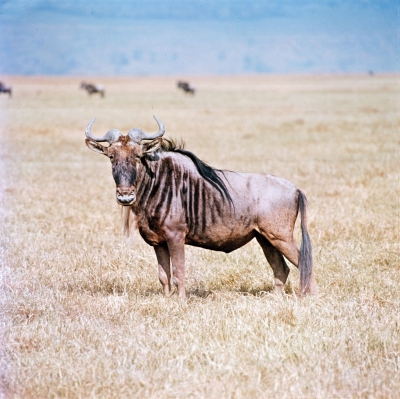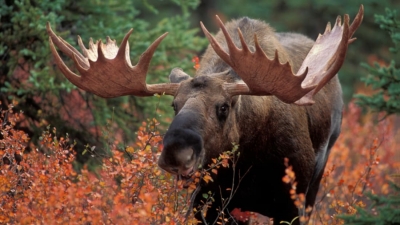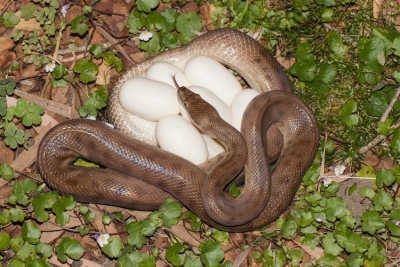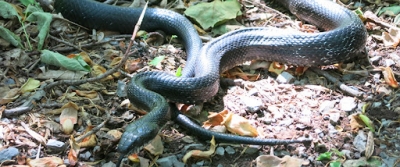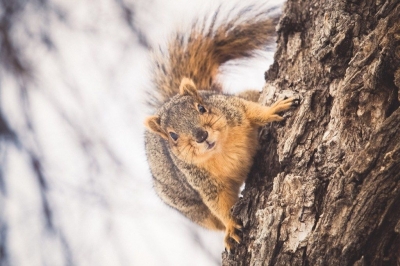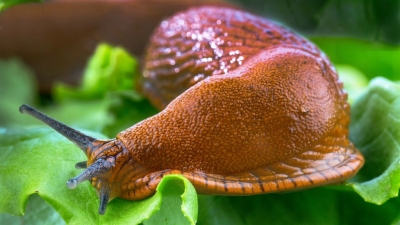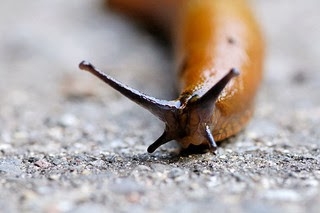What is the origin of lemur?
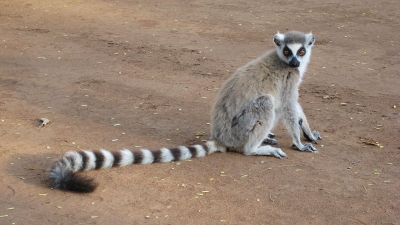
Lemurs are 100 or so species of primates in Madagascar. The name lemur derives from the Latin word lemures, which some dictionaries translate as ghosts. In Ancient Rome, lemures were believed to be a kind of eerie-looking malignant dead that wandered the earth at night, causing hurt and injury to the living. It is believed that the name got attached to the primates because of their reflective eyes and their silent nocturnal wanderings.
A number of lemurs are rare or endangered. Several either were not discovered until the late 20th century or were rediscovered after having been thought extinct. Remains exist of species larger than any of today’s lemurs. Some of these may have survived until only 500 years ago. They were probably exterminated by overhunting or habitat modification by the Malagasy people, who arrived on the island less than 2,000 years ago.
Lemurs are less intelligent than monkeys. Their sense of smell is more acute but their vision less so. Although some species are at times active during the day, their eyes seem to be adapted for nocturnal life, trading acuity for increased sensitivity in low light conditions. All lemurs are characterized by a reflective layer (tapetum) behind the retina in the eye, but no fovea or macula lutea; a hairless, moist tip to the muzzle; a noninvasive (epitheliochorial) placenta; comblike forward-directed lower front teeth (with the exception of the aye-aye); and a claw (“toilet claw”) on the second toe of the foot.
Credit : Britannica
Picture Credit : Google
